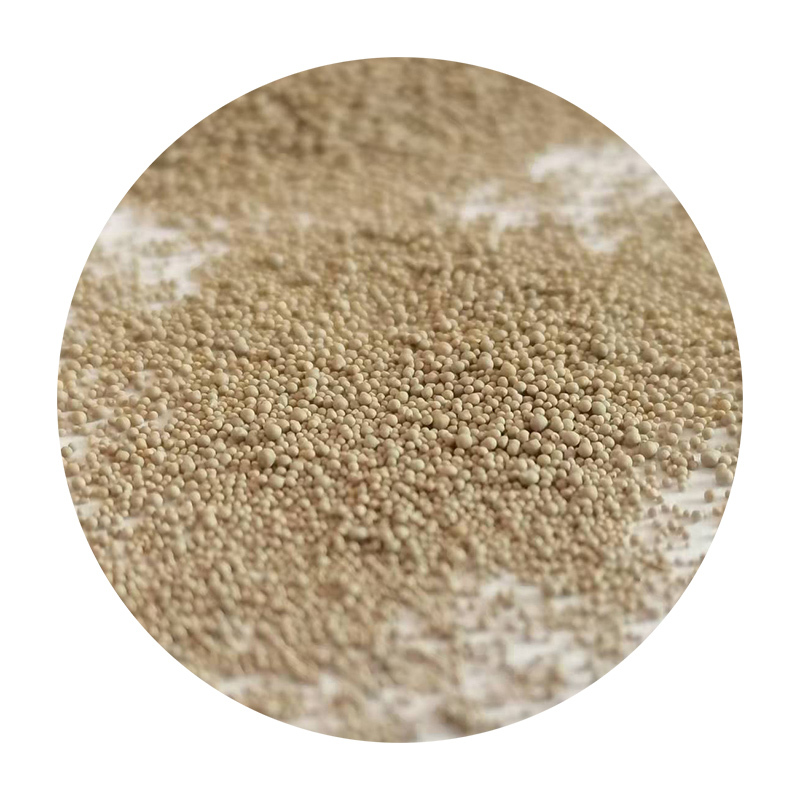The Allure of Cerabead Sand Innovation in Material Science
In recent years, the world of material science has witnessed remarkable developments aimed at enhancing the properties of various substances used in industries ranging from construction to art. Among these innovations, Cerabead sand has emerged as a groundbreaking material, capturing the attention of engineers, artists, and environmentalists alike. This article explores the characteristics, applications, and significance of Cerabead sand, highlighting its potential to revolutionize both industrial processes and creative endeavors.
Understanding Cerabead Sand
Cerabead sand is a specially engineered material composed of high-performance ceramics. Unlike traditional sands, which are often derived from natural sources, Cerabead sand is created through advanced processing techniques that enhance its properties. The result is a lightweight, high-strength product with superior thermal insulation and chemical resistance. These qualities make it an excellent alternative to conventional sand in various applications, from foundry work to filtration.
One of the most notable features of Cerabead sand is its spherical shape. This unique geometry allows for better flowability, making it ideal for precise applications such as casting. The uniform particle size also helps in achieving a consistent finish in mold-making, promoting efficiency in manufacturing processes. Furthermore, the ceramic composition of Cerabead sand contributes to its resistance to thermal shock, making it suitable for high-temperature environments.
Applications of Cerabead Sand
Cerabead sand has found its place across a wide range of industries due to its versatility
1. Foundry Industry In metal casting, Cerabead sand is increasingly used as a molding material. Its excellent thermal properties ensure that molds can withstand high temperatures without cracking. Additionally, the spherical shape of the sand allows for consistent mold filling, resulting in high-quality castings.
cerabead sand

2. Filtration Systems The unique structure of Cerabead sand allows for effective filtration in industrial and environmental applications. Its chemical resistance makes it suitable for treating wastewater and purifying drinking water. This property has led to its adoption in numerous water treatment plants, enhancing the efficiency of filtration systems.
3. Construction and Insulation Due to its lightweight nature and superior thermal insulation properties, Cerabead sand is also used as an aggregate in construction materials. It can be combined with concrete and other substances to create lightweight yet strong building components, significantly reducing the overall weight of structures while maintaining durability.
4. Artistic Endeavors Beyond industrial applications, Cerabead sand has found a niche in the art world. Artists appreciate its unique texture and the effects it produces in various mediums. It can be used in sculptures, ceramics, and mixed media projects, allowing for creativity and innovation. Furthermore, its availability in various colors opens up possibilities for visual expression.
Environmental Impact
As the world grapples with environmental challenges, the development of sustainable materials has become critical. Cerabead sand presents a more eco-friendly option compared to traditional sands, especially those obtained through mining. The production process can be designed to minimize waste, and its durability means that products made from Cerabead sand have a longer life cycle, reducing the need for frequent replacements.
Moreover, its application in water filtration systems promotes cleaner water and contributes to environmental sustainability. By using Cerabead sand in such systems, industries can reduce pollutants and enhance the quality of natural water sources, making it a valuable material for environmental conservation efforts.
Conclusion
In conclusion, Cerabead sand represents a significant advancement in material science, offering a combination of lightweight, high-strength, and thermally resistant properties that cater to various industrial and artistic needs. Its diverse applications in foundries, filtration systems, construction, and art highlight its versatility and potential for innovation. As industries continue to seek sustainable solutions, the demand for materials like Cerabead sand is likely to grow, paving the way for a future where creativity and efficiency can coexist harmoniously. With continued research and development, the possibilities for Cerabead sand are boundless, promising a fascinating future in both technology and art.
Post time:Dez . 30, 2024 04:15
Next:Techniques for Sanding and Finishing 3D Printed Resin Models
